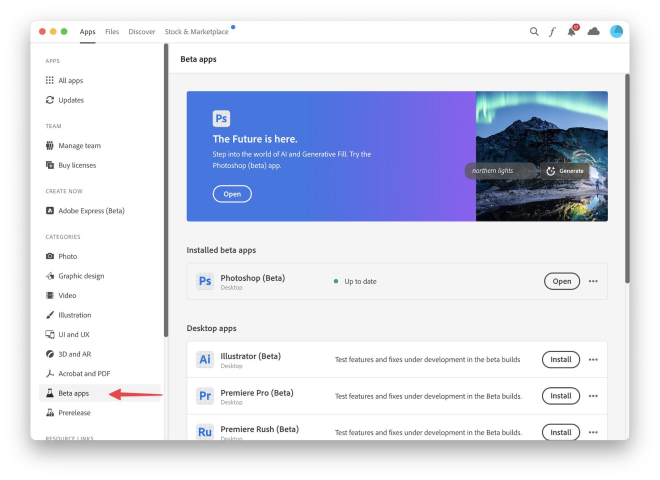
Guest author Kyle T Webster discusses the benefits of portfolio variety. Kyle is a member of the Adobe Design Team, an artist for The New Yorker, TIME, and the NY Times, and the creator of those Photoshop brushes you like.
Why Variety is the Spice of My Professional Life
I have been fortunate enough to support my family as a freelance illustrator for the past decade and I have seen my business grow with each passing year.
But when I stop to think about one of the biggest secrets for my staying power in a famously shaky business, I am frequently wary of sharing it with students or new artists in my profession. Why? Because it goes against what nearly every working artist or teacher advises young artists to do, if they want to be ‘successful.’
I’m talking about style consistency.
I strongly believe that my illustration business thrives on offering clients a range of visual styles in which I can work confidently. In school, through books, and at illustration conferences, I was instructed to create a portfolio in a singular style and with a consistent “voice” so that art directors could easily understand how I would approach an assignment. This makes perfect sense, and I see the logic in this instruction.
However, I was never happy drawing only one way, and I suspect most artists feel the same. Sometimes you want to be quick and messy, and sometimes you want to be slow and steady. Sometimes it’s all about shapes, and other times, it’s about line, or perhaps texture or color. Or sometimes, and perhaps most importantly, you just get incredibly bored with the same old thing.
So when I was ready to start my own business, I created a website for my illustration work and put stylistically varied images in the gallery, against the advice of peers and instructors. At first, there were only three distinctly different looks to the samples of work I shared. However, given what I had been told about the importance of style consistency, this already felt daring and dangerous. Would art directors decide that I was reckless and not dependable? Or fickle? Flighty?
No. Calls and emails came in from new clients and it was never a problem. Not once. These clients simply referenced whichever piece(s) they liked in my portfolio and asked for something similar. And that was that.
You increase the chances of an art director liking your work by giving them a menu, rather than a single dish. Not everybody likes beef.
Emboldened, I started adding everything I liked to the gallery, whether or not it bared any resemblance to my other work. Now, I sometimes think my portfolio reads like that of an illustration agency that represents a dozen artists. And though some might disagree, I think this is a really good thing.
So, why all the hubbub about style?
It could be that we are confusing it with quality. Certainly, if you work well in one style, but are not as confident working in another, then it makes sense to leave that less confident work out of your portfolio. Showing good work is, without a doubt, a top priority.
But many artists I know do many things well; some ping pong comfortably back and forth between completely different techniques with ease. And yet, they only focus on presenting one of these techniques to the masses. This is a tragic missed opportunity. If the potential is there to accept twice as many commissions, then why not take advantage of this?
Last year, I illustrated three advertising campaigns (with excellent budgets, it should be mentioned) in three completely different styles. Had I only presented one style on my website, I would have only had the opportunity to produce one of these campaigns. The other two would have gone to different artists.
I am well aware that many commercial artists have built strong, lasting careers on a single way of working. This model is proven and it can certainly be done. I just don’t think it’s the only way, and I think educators and institutions do aspiring artists a disservice by insisting that it is.
Three benefits of creating art in more than one style:
1. More jobs
If an art director works on several different magazines and knows you work comfortably in different styles, then you have just made their job easier by allowing them, in a pinch, to assign multiple jobs to you in a single week for different titles.
Additionally, you increase the chances of an art director liking your work by giving them a menu, rather than a single dish. Not everybody likes beef.
2. New markets
Is your current style working well for spot illustrations in magazines, but useless for book covers? Create some new art samples in a completely new style and bust down the doors of the illustrated book cover market.
Or, how about opening up some passive revenue streams with the art that just doesn’t “fit” into your portfolio? Make prints, make shirts, make comics, make wallpaper, make stickers …
3. Play
Allowing yourself the freedom to try new mediums and approaches will not only open up new business opportunities, but will allow you to grow faster as an artist and have a lot more fun in the studio.
If it were not for the enjoyment I get out of experimenting with new looks and new ways of making marks, I never would have created my Photoshop brush business. It was born out of my love of mixing media, but having little time to break out the paints, especially with deadlines looming. Now, that business accounts for a considerable portion of my annual income. I think this case alone is a testament to the value of playing with style.
Artists: have a look around your studio. Are there sketches or experiments that you love madly, but have never thought about sharing publicly because they are so inconsistent with the work you are known for, as a professional? Take a leap and share them now. Somewhere out there is a person who wants to pay you for it. And if your regular clients don’t like it, what harm can come of this? They already know you can work beautifully in a style they like, and they will still hire you.




